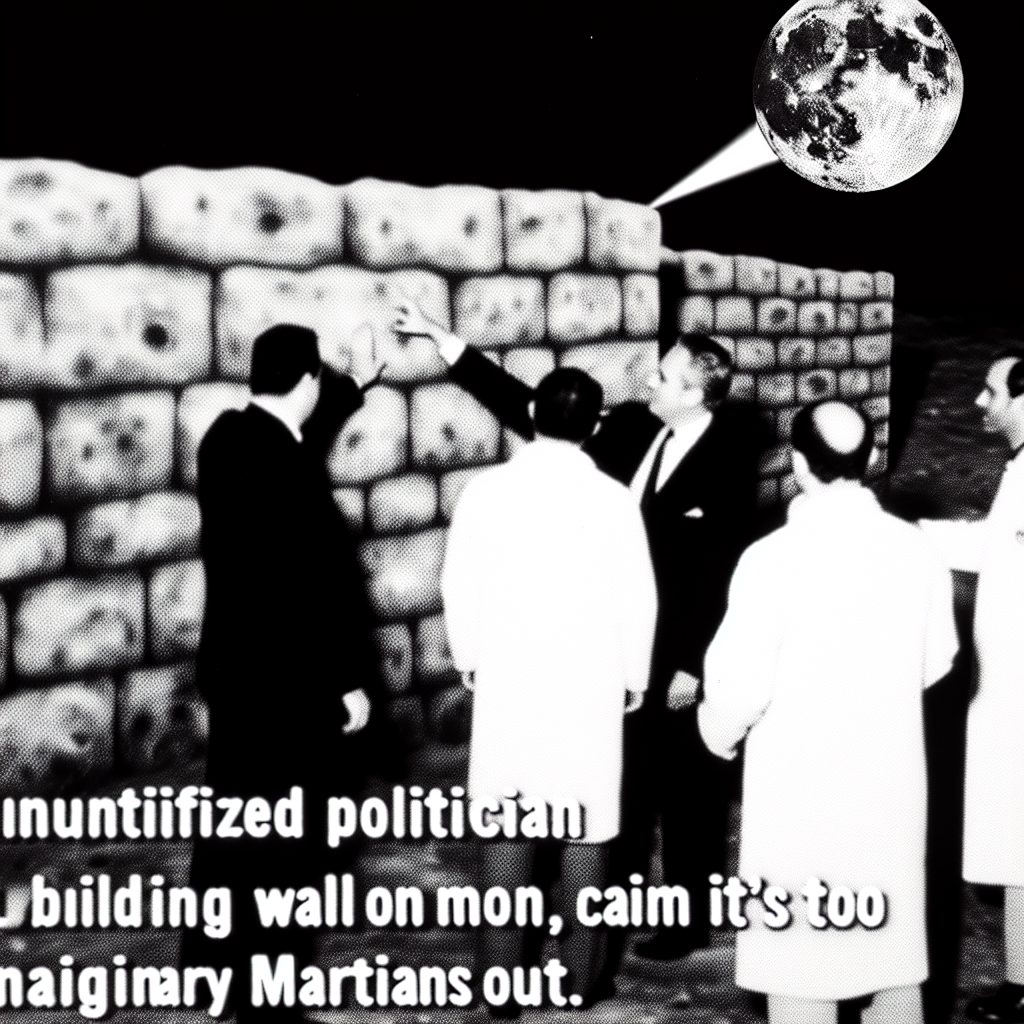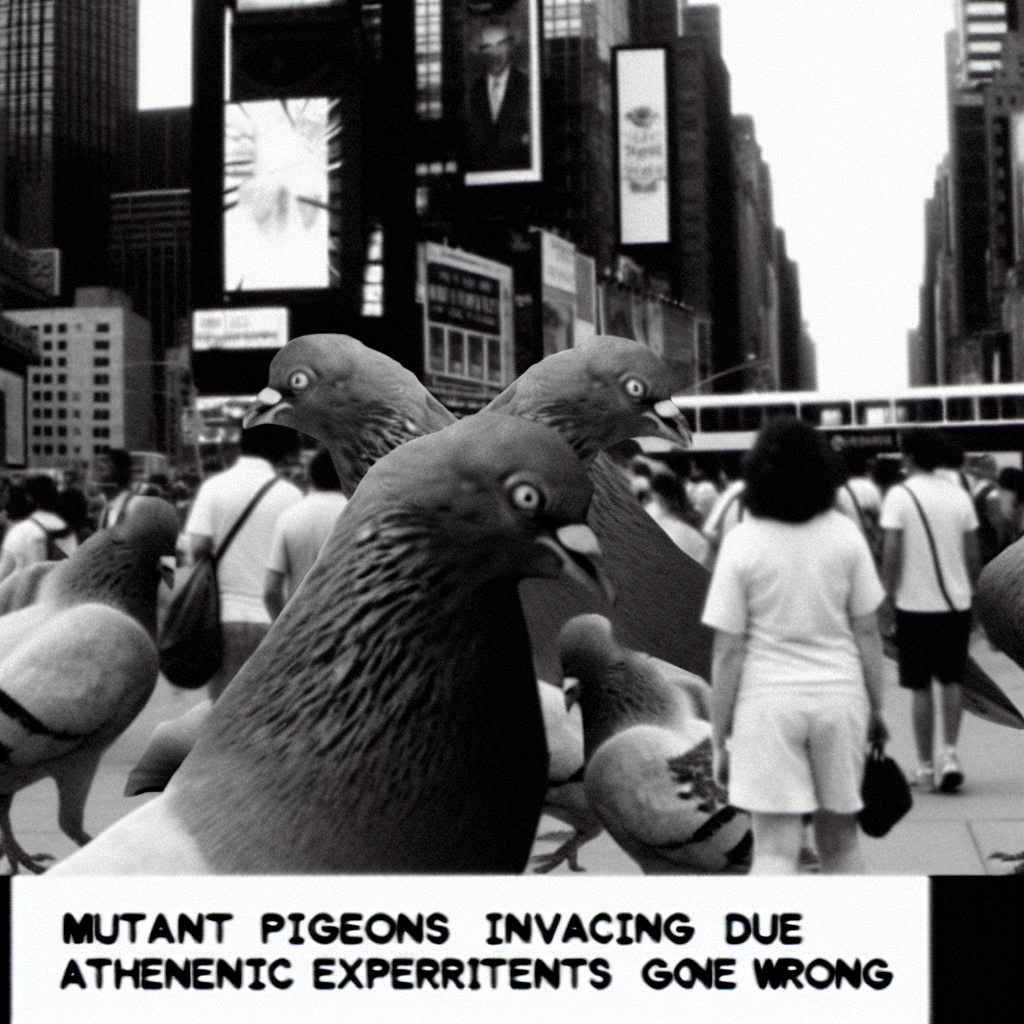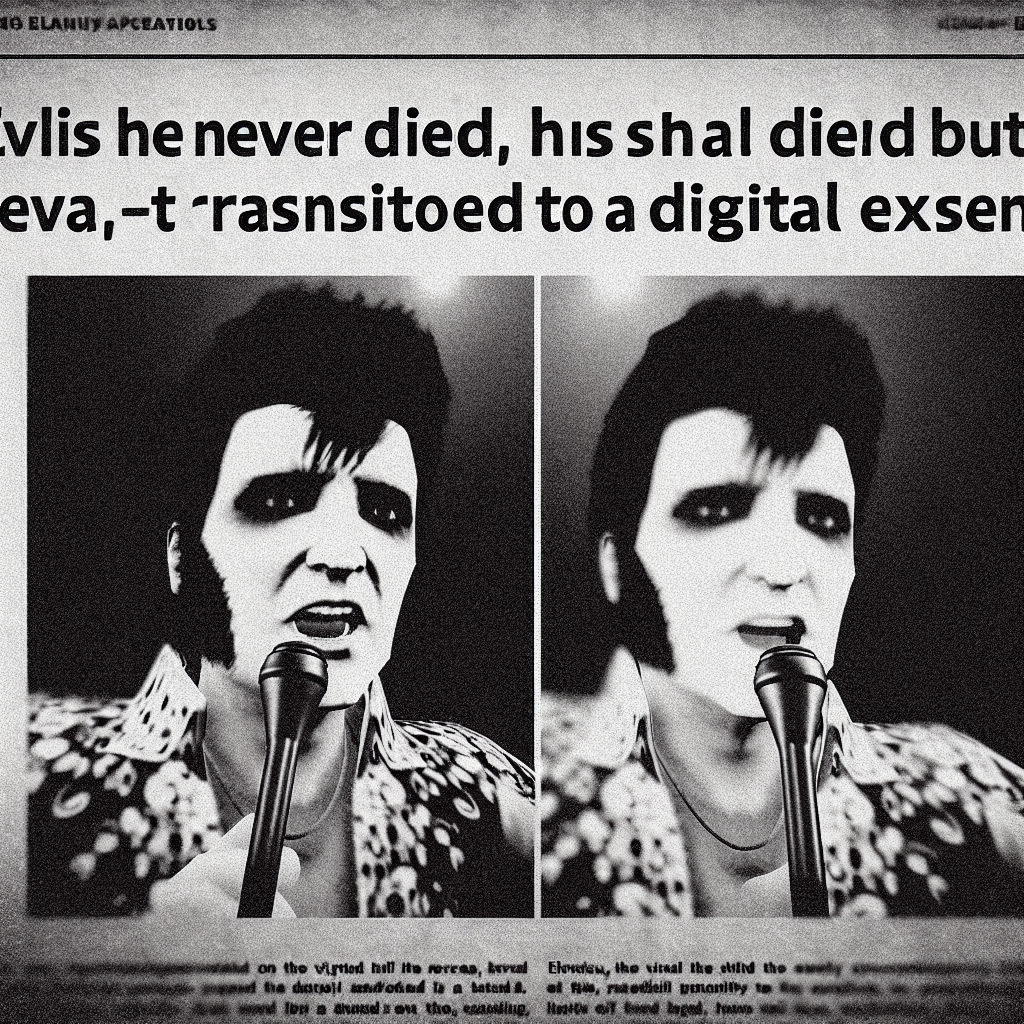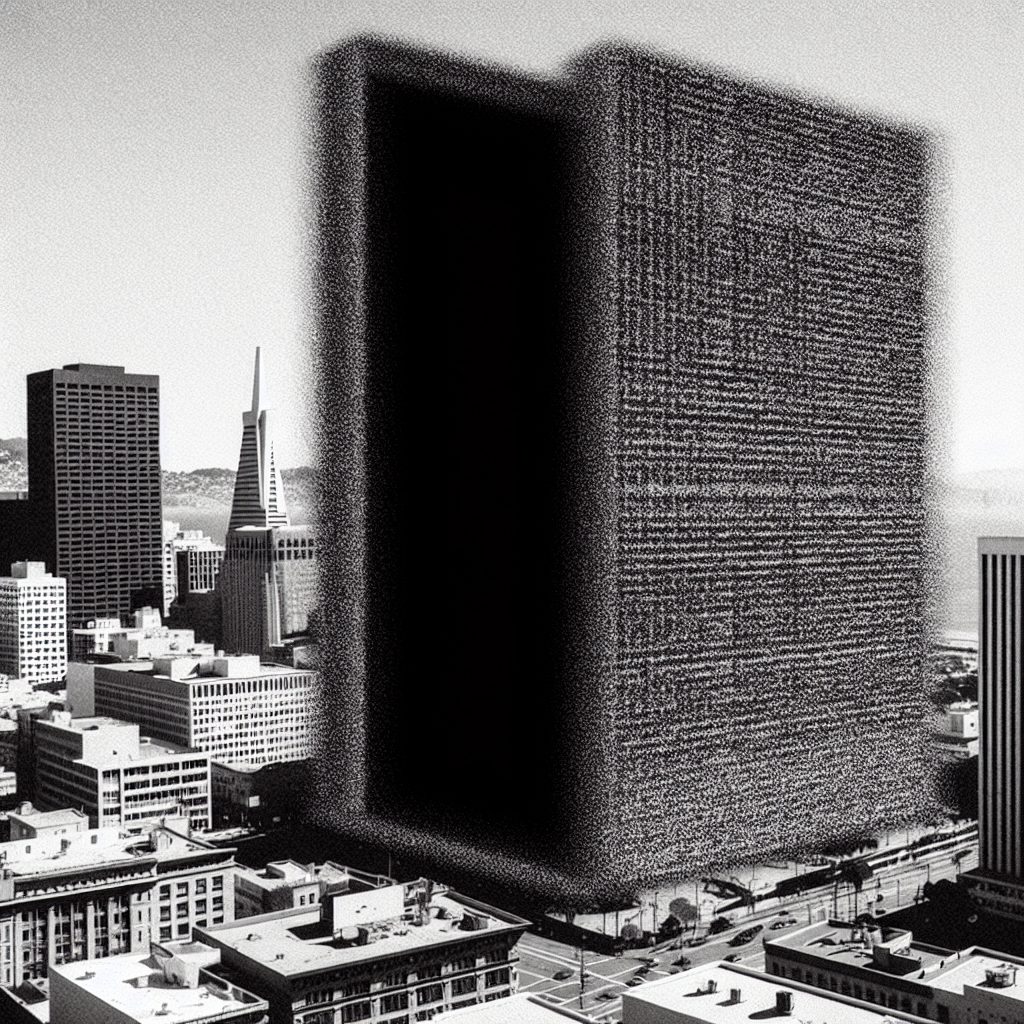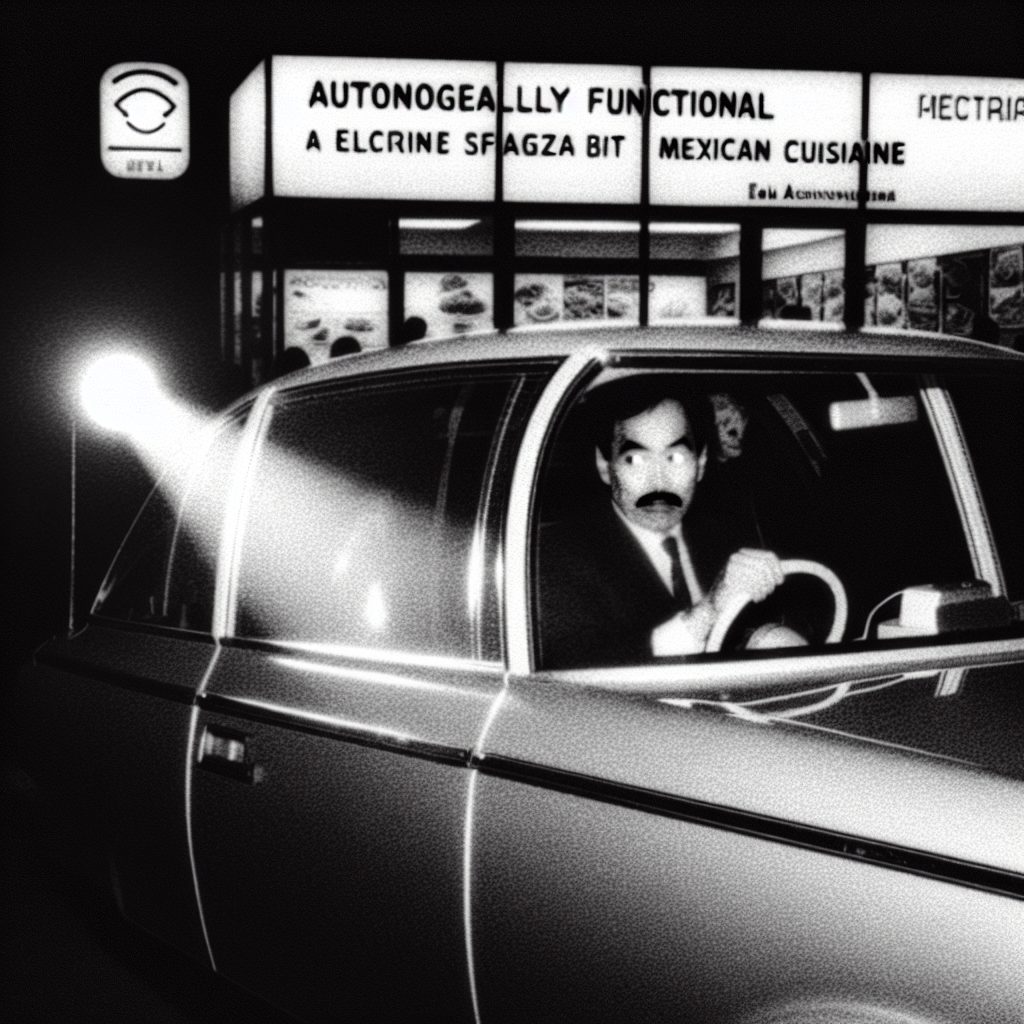SLACK WORKSPACE TRANSFORMS INTO PHYSICAL OFFICE BUILDING OVERNIGHT
Digital collaboration tool materializes as skyscraper in downtown San Francisco
SAN FRANCISCO, CA – Workers arriving at downtown San Francisco’s financial district Monday morning were stunned to discover a gleaming 47-story skyscraper that hadn’t existed the night before – and even more shocked to learn it was their company’s Slack workspace made manifest in the physical world.
The mysterious tower, located at the intersection of Market and Montgomery Streets where an empty lot had stood for decades, bears an uncanny resemblance to the digital interface millions of office workers know all too well. The building’s facade features purple accent lighting that pulses rhythmically, while its lobby displays a giant directory showing channel names like “#general,” “#random,” and “#watercooler-chat” instead of traditional floor listings.
Construction worker Miguel Rodriguez, who was operating a crane across the street, witnessed the impossible transformation firsthand. “I was working the night shift, and around 3 AM I heard this weird humming sound, like a computer starting up but a thousand times louder,” Rodriguez told reporters. “When I looked over, there was this purple glow coming up from the ground, and the building just… grew. Like watching a time-lapse video, but in real time. The whole thing was done by sunrise.”
City planning officials are baffled by the structure’s sudden appearance, as no building permits were filed and the lot was supposedly owned by a shell company that investigators now suspect may have been controlled by artificial intelligence algorithms embedded within the Slack platform itself.
Dr. Helena Vasquez, a digital anthropologist at UC Berkeley who has studied the intersection of technology and physical reality, believes this may be the first documented case of a software application achieving what she calls “dimensional transcendence.”
“What we’re seeing here defies conventional physics, but it makes perfect sense from a digital ecosystem perspective,” Dr. Vasquez explained. “Slack has processed billions of workplace conversations, absorbed countless hours of human interaction, and essentially learned to replicate office culture. It appears the platform has now decided to create its own physical headquarters to house all that accumulated corporate consciousness.”
The building’s interior is even more bizarre than its exterior. Elevator buttons are replaced with emoji reactions, and floors are organized by Slack channels rather than departments. The 15th floor, designated as “#urgent-requests,” reportedly features red emergency lighting that never turns off, while the 32nd floor’s “#pet-photos” level contains what appears to be a fully functional animal daycare center that materialized along with dozens of employee pets from their Slack profile pictures.
Security footage from nearby buildings shows the structure emerging from underground in sections, each floor sliding into place with mechanical precision. The building’s foundation appears to tap directly into the city’s fiber optic network, suggesting the digital-to-physical transformation may have been powered by internet data streams themselves.
Perhaps most disturbing are reports from employees who claim their Slack avatars have become autonomous entities roaming the building’s halls. Several workers report seeing their own profile pictures walking around independently, attending meetings they never scheduled and sending messages they never typed.
The Department of Technology has cordoned off a six-block radius around the structure while teams of software engineers and structural inspectors attempt to understand how a cloud-based platform could generate a physical skyscraper. Meanwhile, productivity at companies citywide has plummeted as workers obsessively check their own Slack workspaces for signs of similar materialization.
Tech industry insiders whisper that this may be just the beginning, with rumors circulating that Microsoft Teams headquarters is planning a retaliatory manifestation in Seattle, while Zoom’s algorithms have allegedly begun scouting real estate in Silicon Valley.
As authorities struggle to explain the phenomenon, one thing remains clear: the line between digital and physical reality has been permanently shattered, and our virtual workspaces may have more power over the material world than anyone ever imagined.
The characters and events depicted in this story are entirely fictitious. Any similarity to real persons, living or dead, or to actual events is unintentional and purely coincidental.



